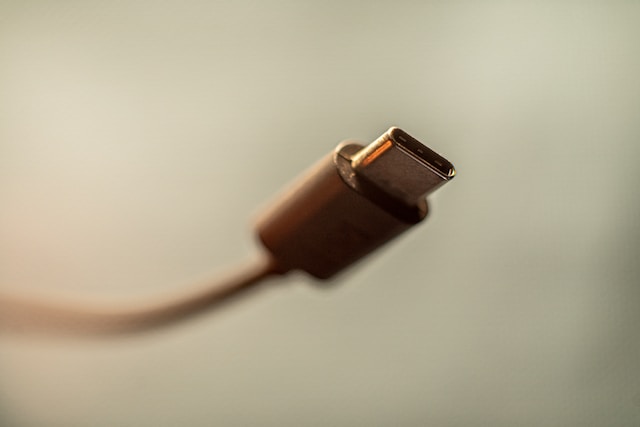The D-Sub Connector: A Classic Technology that Still Powers the Modern World
In the world of connectors and cables, the D-Sub connector stands as a true stalwart. With its distinctive D-shaped metal shell and a range of pin configurations, the D Sub connector has been a workhorse in the electronics industry for decades. In this blog, we’ll explore the features, applications, and the enduring popularity of the D-Sub connector.
The Anatomy of a D-Sub Connector
D-Sub connectors, short for “D-Subminiature” connectors, come in various sizes, from DB9 (9 pins) and DB15 (15 pins) to DB25 (25 pins), with even more pins available in larger versions. The D-Sub connector consists of several key components:
- Metal Shell: The characteristic “D” shape is created by the metal shell, which provides mechanical stability and electromagnetic shielding.
- Pins: These connectors feature a specific number of pins arranged in rows. The pins are often gendered, with male pins on one side and female sockets on the other, facilitating a secure connection.
- Hood: The connector’s housing or hood holds the pins securely in place and often includes screws for easy assembly.
- Locking Hardware: Some D-Sub connectors have locking mechanisms to ensure a secure connection that won’t accidentally come loose.
The Versatility of D-Sub Connectors
D-Sub connectors are known for their remarkable versatility, making them a top choice in various applications:
- Computers and Peripherals: D-Sub connectors are widely used in computers and peripherals. You’ll find them on older monitors, printers, and even on your computer’s motherboard for various internal connections.
- Industrial Automation: In industrial settings, D-Sub connectors are used for data communication, control systems, and sensor connections. Their robust construction and shielding make them ideal for harsh environments.
- Aerospace and Defense: D-Sub connectors are popular in the aerospace and defense industries for their reliability in high-stress applications. They’re used in avionics, radar systems, and military equipment.
- Audio and Video: While HDMI and DisplayPort have taken over in consumer electronics, D-Sub connectors can still be found in some legacy audio and video equipment.
- Communication Equipment: D-Sub connectors are used in telecommunications equipment and networking devices. They provide reliable connections for data transmission.
The D-Sub Connector’s Enduring Popularity
Despite the rise of smaller and more modern connectors, the D-Sub connector remains relevant for several reasons:
- Reliability: D-Sub connectors are known for their robustness and durability. They can withstand physical stress and maintain electrical contact over extended periods.
- Interchangeability: D-Sub connectors are highly standardized, ensuring compatibility between different brands and manufacturers.
- EMI/RFI Shielding: The metal shell of D-Sub connectors provides excellent electromagnetic interference (EMI) and radio frequency interference (RFI) shielding, making them suitable for critical applications.
- Easy Termination: They are easy to terminate, making them a favorite among DIY enthusiasts and professionals alike.
- Cost-Effective: D-Sub connectors are cost-effective, especially for applications where high pin counts are required.
Conclusion
The D-Sub connector, with its distinct design and proven performance, has earned its place as a staple in the world of connectors. Its versatility, reliability, and enduring popularity in various industries prove that even in a rapidly advancing technological landscape, some classics continue to stand the test of time. Whether you’re building an industrial control system, setting up a vintage computer, or working on specialized aerospace equipment, the D-Sub connector is a trusted choice that won’t let you down.
